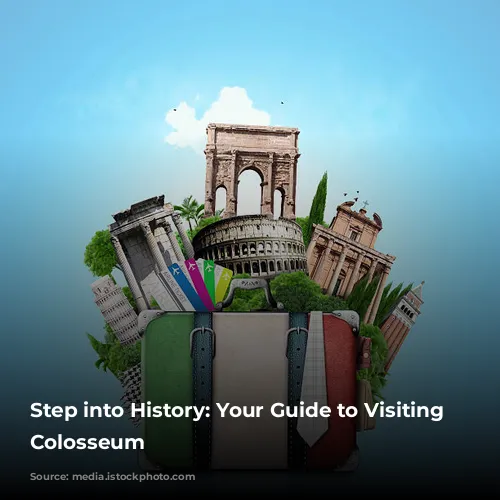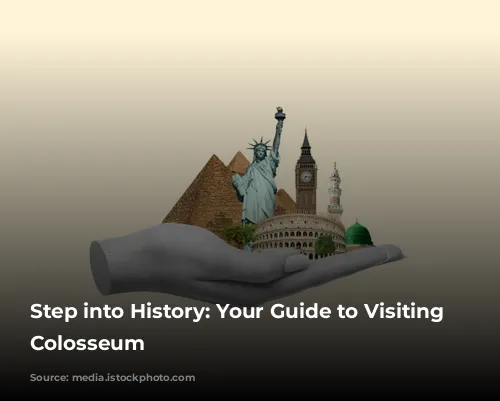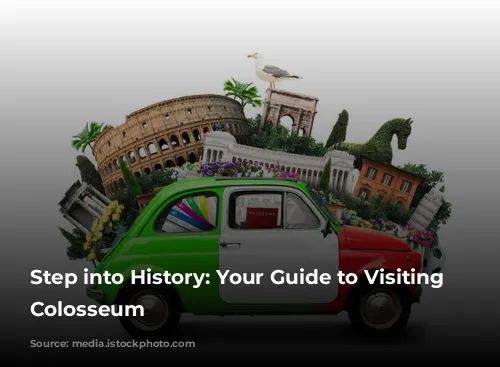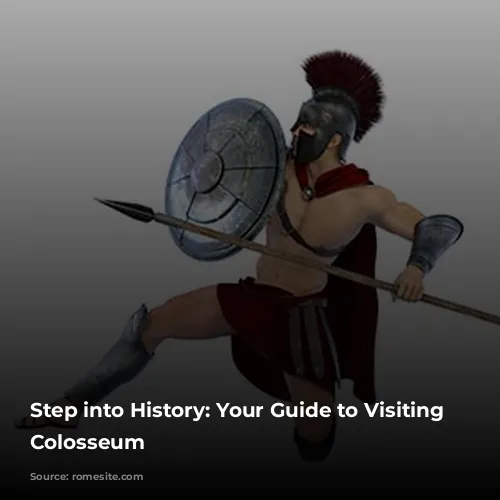Get ready to be transported back in time! The Colosseum, a massive amphitheater built in 72 CE during the reign of Emperor Vespasian, is a must-see for any visitor to Rome. This architectural marvel, once a stage for gladiatorial contests and wild animal spectacles, stands as a powerful testament to the grandeur of the Roman Empire.
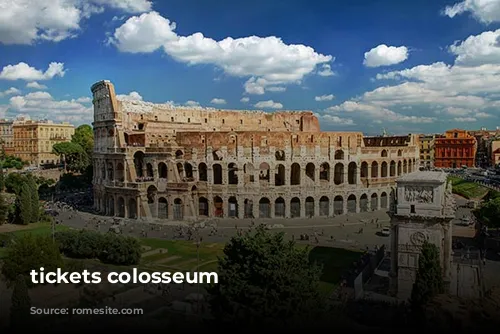
Secure Your Colosseum Experience: Tickets and Tours
Planning your trip? Don’t delay! Tickets for the Colosseum are almost exclusively sold online. Secure your spot in advance to avoid disappointment.
Here are some options:
- Combined Ticket: This budget-friendly option grants you access to the Colosseum, Roman Forum, and Palatine Hill for a single price. You can easily book these tickets online for a seamless experience.
- No Availability? Don’t fret! There are other ticket options available, but be sure to book well in advance.
- Rome City Pass: Looking for the best deal? The Rome City Pass offers incredible value, providing access to top attractions including the Colosseum, Vatican Museums, and more.
- Guided Tours: For an immersive experience, choose from a variety of guided tours. Book your tour online and learn fascinating insights from expert guides.
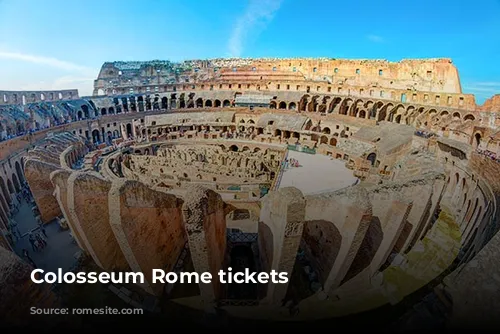
The Colosseum: A Glimpse into Roman Life
Built with incredible skill and ingenuity, the Colosseum stands as a symbol of Roman power and entertainment. Construction took eight years and was funded with spoils from the conquest of Jerusalem. The Colosseum, also known as the Amphitheatrum Flavium, was inaugurated by Emperor Titus with a 100-day spectacle featuring games, festivities, and even the sacrifice of 5,000 animals.
The Colosseum was a hub of activity. Its primary purpose was to entertain the masses, boosting the emperor’s popularity. Gladiator battles and wild animal hunts kept the crowds enthralled. The morning saw the “bestiarii,” animal handlers, perform daring feats, while convicted criminals were often thrown to the beasts in between acts. The afternoons were reserved for gladiatorial contests, a spectacle of skill and brutality.
Christianity’s growing influence led to the end of these brutal games. In 404 CE, Emperor Honorius finally outlawed the games after a monk’s attempt to stop a fight between gladiators resulted in his public execution. Animal shows continued until 523 CE.

Time’s Passage: The Colosseum’s Transformation
The Colosseum has witnessed its fair share of change. Earthquakes during the Middle Ages took their toll, causing significant damage. Later, the ruins were plundered for materials, serving as a source of stones for churches and palaces. This exploitation ended under Pope Benedict XIV in 1749, who declared the Colosseum holy ground due to the blood of Christian martyrs spilled within its walls.

A Colossal Structure: Unveiling the Details
The Colosseum was a marvel of engineering. It boasted 80 entrance arches, and its name was inspired by the “Colossus of Nero,” a massive statue of Emperor Nero that once stood nearby. The amphitheater’s circumference stretches 527 meters, with a maximum height of 48.50 meters. It was constructed using a blend of materials: limestone for the first row of arches, lighter bricks for the second and third rows, and concrete for strength. Travertine, quarried near Tivoli, adorned the exterior, while marble was used for the seats and inner walls. The arena itself, measuring 76 by 44 meters, was surrounded by a 4-meter wall and was a stage for countless battles and spectacles, leading to an estimated 300,000 to 500,000 deaths.

Layers of Spectatorship: A Societal Tapestry
The Colosseum’s seating was meticulously arranged. The lower tiers, closest to the arena, were reserved for the elite – senators, magistrates, and other dignitaries. The emperor even had his own private box. The second and third galleries housed male spectators, with the higher classes sitting nearer the arena. The highest gallery was reserved for the wives of senators and knights.
A remarkable feature was the Velarium, a massive cloth awning that could be drawn over the arena, offering shade to the spectators. Legend has it that 1,000 sailors were needed to raise the awning across 240 masts!
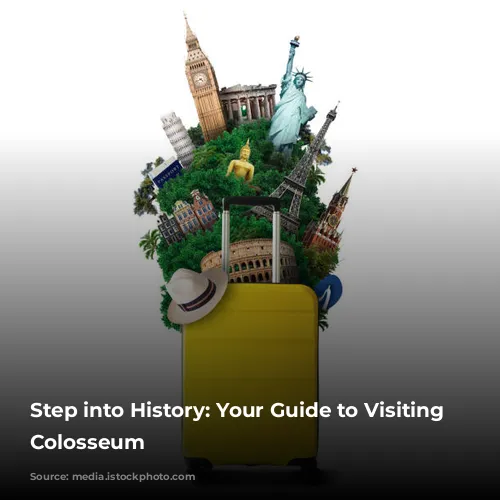
Beneath the Surface: Unveiling the Hypogeum
Emperor Domitian’s additions to the Colosseum included a remarkable underground complex. The hypogeum, a labyrinthine network of passageways, trapdoors, and lifts, served as a staging area for the spectacles. Large animals were hoisted up to the arena from the hypogeum, while the gladiators’ barracks, wild animal cages, and an underground passageway to Rome’s largest gladiator school were also located here.
Experience the Colosseum Today
Are you ready to step back in time? Visiting the Colosseum is an unforgettable experience.
For a relaxed visit: Reserve your tickets online in advance to avoid long queues at the ticket window.
Discover the history and grandeur of the Colosseum, and marvel at the incredible feats of Roman engineering and artistry.
The Colosseum, a testament to the power and ingenuity of the Roman Empire, awaits your exploration.
